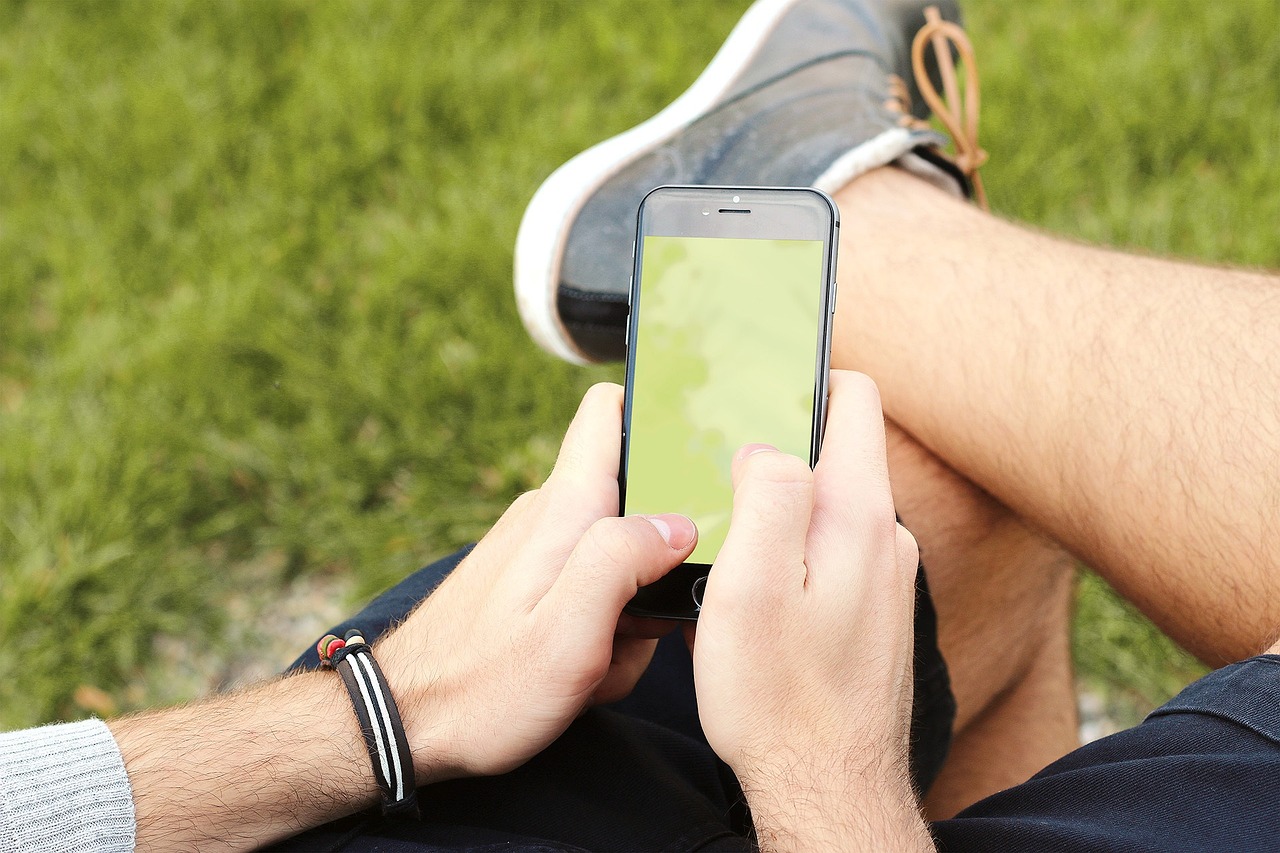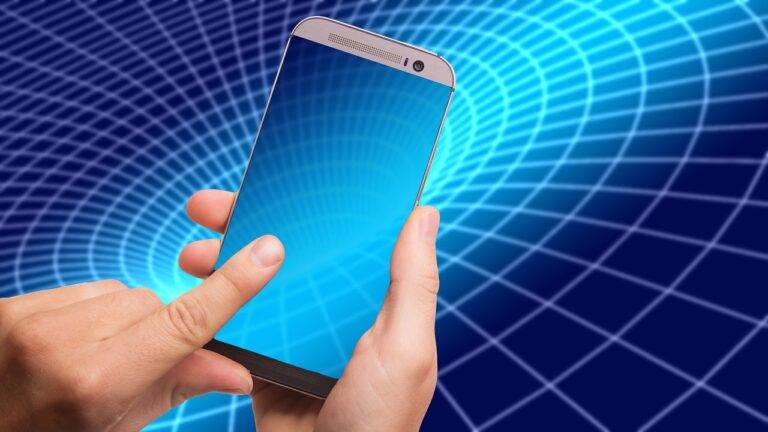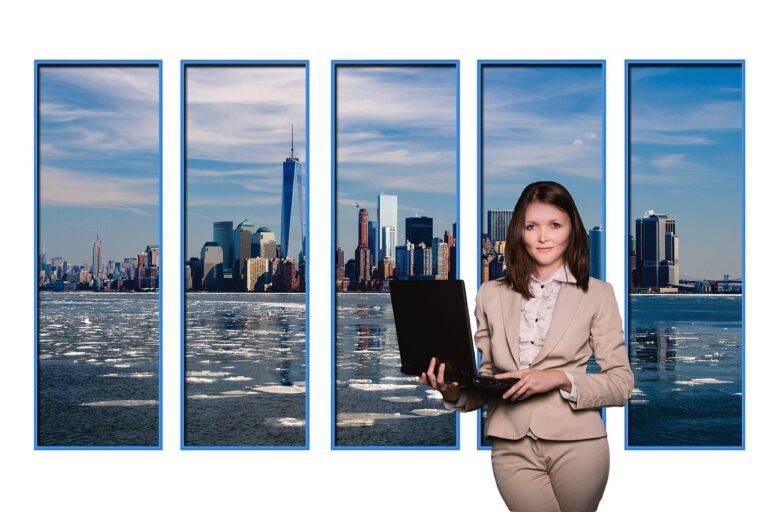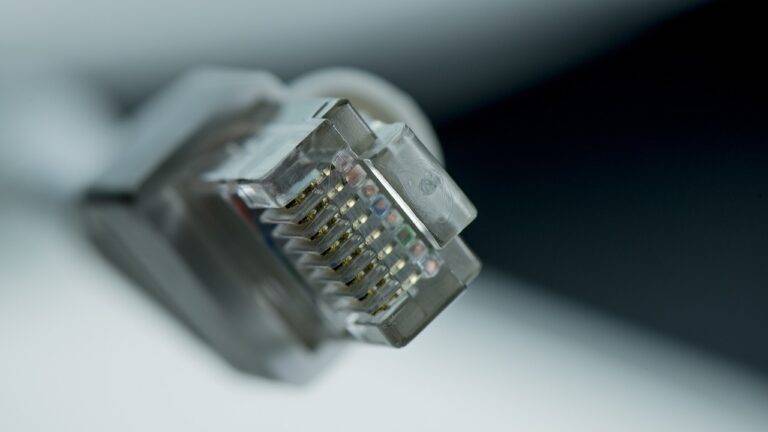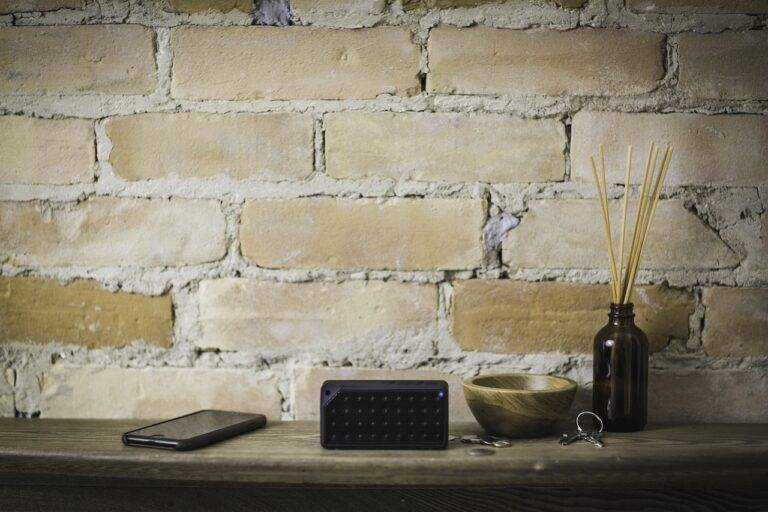The Influence of Tech on Modern Art: Digital Innovations and Creations
Technology has become an integral part of the contemporary art world, revolutionizing the way artists create, exhibit, and experience art. One key element of tech influence on modern art is the shift towards digital mediums, allowing artists to explore new techniques and expressions that were previously unattainable through traditional methods. Through digital tools such as graphic design software and multimedia platforms, artists can experiment with various forms of art, from digital paintings to interactive installations, pushing the boundaries of creativity and innovation.
Another essential aspect of tech influence on modern art is the democratization of the art-making process. With the widespread accessibility of digital tools and online platforms, artists from diverse backgrounds and locations can showcase their work to a global audience, breaking down traditional barriers in the art world. This interconnectedness has not only expanded artistic horizons but has also fostered a sense of community and collaboration among artists, leading to a vibrant exchange of ideas and perspectives in the ever-evolving landscape of contemporary art.
Advancements in Digital Tools for Artists
Digital tools have revolutionized the way artists create and express themselves in the modern age. From graphic design software to drawing tablets, these advancements have significantly expanded the creative possibilities for artists across various disciplines. With the ability to easily manipulate colors, shapes, and textures digitally, artists can experiment more freely and bring their visions to life with greater precision and efficiency.
Furthermore, the accessibility of digital tools has democratized the art-making process, making it easier for aspiring artists to explore their creativity without the barriers of traditional mediums. Online platforms and communities provide a space for artists to showcase their work, collaborate with others, and gain inspiration from a global network of creatives. As technology continues to evolve, the opportunities for artists to push boundaries and innovate in their craft will only continue to grow.
Impact of Virtual Reality on Art Creation
Virtual Reality (VR) has profoundly revolutionized the way art is created in the modern era. Artists now have the ability to immerse themselves and their audiences in unique and interactive virtual worlds that were previously unimaginable. By donning VR headsets, artists can manipulate digital brushstrokes in a three-dimensional space, bringing their creations to life in ways that were once confined to the realm of science fiction.
The impact of VR on art creation extends beyond traditional mediums like painting and sculpture. With the advancement of digital tools and VR technology, artists can now experiment with new forms of expression, pushing the boundaries of what is possible in the art world. Collaborative projects in virtual reality have also become increasingly popular, allowing artists to work together in virtual studios regardless of their physical location. This level of connectivity and shared creative space is fostering a new era of artistic collaboration and exploration.

